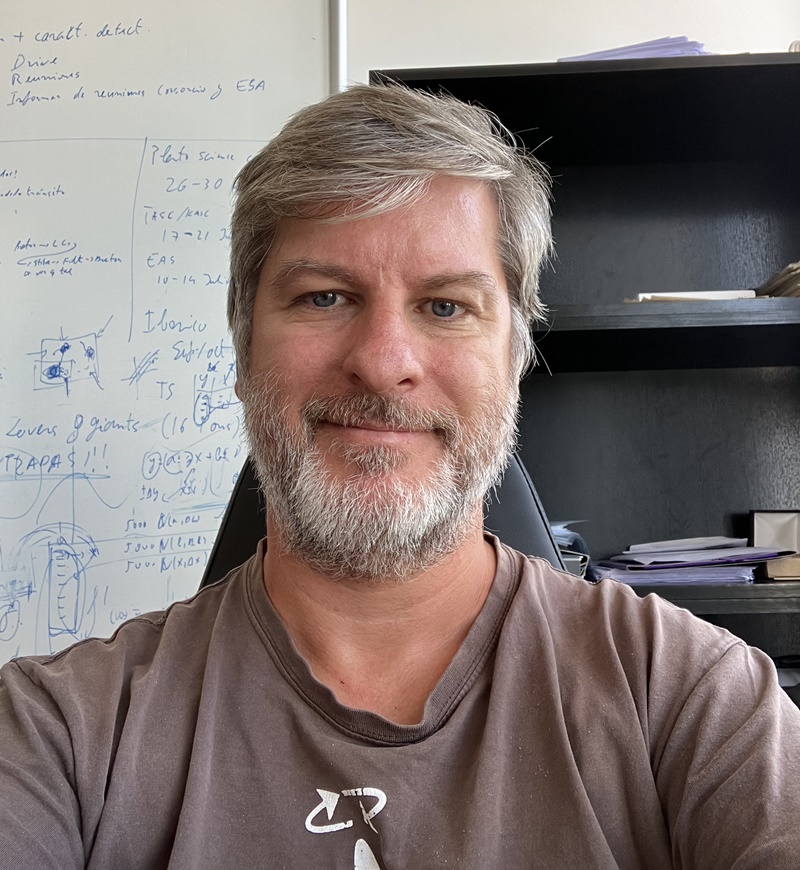Anyone there? Searching for life outside our solar system.
The search for life outside Earth has been one of the great drivers of human curiosity for as long as we have been aware. It is now, with the maturity of the scientific method and technological development, that we have been able to start searching seriously. Since the discovery of the first planets outside the solar system, in the mid-90s of the last century, discoveries, projects and advances have occurred at breakneck speed. In this talk we will review what we know today about life outside of Earth (I anticipate not much), what we do not know yet, the techniques we use to learn and discover, and the future plans that are outlined.
How to know the age of a star. A scientific story of challenges, imagination and magic.
Most of the spots that decorate the night sky are stars. These are spheres of incandescent gas that, like all spheres of incandescent gas, have associated characteristics such as mass, radius, temperature… and age. But how can we deduce all this, if only a thread of light reaches us from each one? Well, with difficulty, to begin with. And in the case of age, this difficulty reaches almost epic levels. But it is in this context when human beings bring out the best they have to solve challenges based on work, imagination and, sometimes, magic in the form of brilliant ideas. In this talk I will present the challenge of dating stars, why we want to do it, the different ways that have been proposed to achieve it, where the problem is being focused today and what awaits us in the future.

Doctor in astrophysics from the University of Granada. He is currently hired as a CIDEGENT Researcher of Excellence by the Valencian Government and member of the Department of Astronomy and Astrophysics of the University of Valencia. He is a specialist in stellar structure and evolution, and characterisation of exoplanetary systems. He researches the characterisation of exoplanets, determining those with the greatest habitability potential. Previously he has worked at the Institute of Astrophysics of Andalusia – CSIC, Observatoire de Paris, University of Birmingham, Astrobiology Centre – INTA / CSIC, and Polytechnic University of Madrid. He has participated in numerous research projects related to exoplanets, search for life, and stellar structure and evolution, such as CoRoT (France, ESA), Kepler and TESS (NASA), and the future Plato and HAYDN (ESA). In fact, he is the coordinator of the Spanish participation in HAYDN (ESA), currently under evaluation. He is the co-author of 96 refereed publications (16 of them as first author), to which we must add 74 additional publications. He is a member of the Spanish Astronomical Society (SEA), the European Astronomical Society (EAS) and the International Astronomical Union (IAU). Additionally, he is passionate about dissemination. He has given numerous talks to the general public, and to secondary and primary schools. He has written dissemination articles for blogs and specialised magazines, and was on the cover of AstronomíA magazine in December 2017.
More information
Social networks
- @FacFisicaUV
- @UV_EG
- @CdCienciaUV










